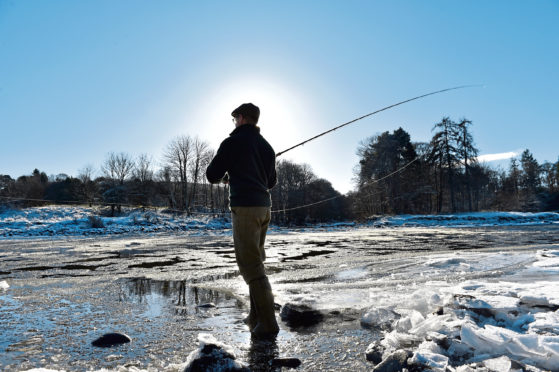More than 10,000 trees will be planted in Aberdeenshire as part of efforts to prepare the River Dee for a ‘climate emergency’.
It is hoped a £350,000 award to two projects will also encourage people to visit the area and protect wildlife populations.
The Easter Beltie Restoration Project in the middle Dee will restore a section of the Beltie burn while habitat improvements to protect a variety of local fish and animals will made as part of the Dee Riparian Habitat Project.
The two Aberdeenshire projects were selected alongside 12 others across Scotland to share a £1.8 million Scottish Natural Heritage fund.
Manager of the Dee Catchment Partnership, Susan Cooksley, said the partnership projects would “bring long-term improvements for nature on a landscape scale and collectively will help to build resilience for Deeside in the face of the climate emergency”.
“By introducing meanders back into the Beltie, we will greatly improve habitats for fish and invertebrates, reduce the impacts of forestry and agriculture and lower the risk of flooding downstream,” she said.
“We will re-establish woodland connections to the downstream river corridor and create footpaths so that people can enjoy a thriving natural river system and learn about river habitats and their biodiversity within this wild area.”
Meanwhile, the Dee Riparian Habitat Project will aim to preserve the habitats of animals such as salmon and otter, while also allowing thousands of new trees to be planted.
Flora Grigor-Taylor, riparian habitat advisor with the Dee District Salmon Fishery Board (DDSFB), said it was vital the river be protected against climate change.
She said: “Targeting priority species such as freshwater pearl mussel, Atlantic salmon and otter, we apply practical measures to create, restore and enhance riparian habitats throughout the Dee catchment.
“The funding will allow us to plant 10,000 native trees and improve a 12km stretch of in-stream and riverbank habitat.
“As well as a source of drinking water, the river is a valued landscape and is vitally important for wildlife, flood management and recreational opportunities for locals and visitors.
“We need to work now to increase the catchment’s resilience to climate change and the best way to do that is by working closely with farmers, estates and other land managers to achieve improvements on the ground.”
